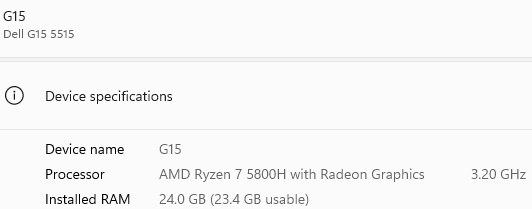On Tue, Jan 3, 2023 at 5:00 PM
Marcus D. Leech <patchvonbraun@gmail.com>
wrote:
On 03/01/2023 16:53, Karen young wrote:
One thing that struck me--your high-pass filter is very compu-spendy -- with those parameters, there's over 1000 taps.sample_rate is 5Mwhat it is you're doing at those rates: I am using a USRP B210 to transmit and receive pulse signals using attached antennas. The antennas work at 430MHz. See attached fig.and what kind of computer/OS you're using:
That's considered rather chunky.
Since it's a decimation=1 filter, it will have to perform over 1000 multiply-accumulate operations and the matching shift
operations on every sample.
That may be what's slowing you down.
